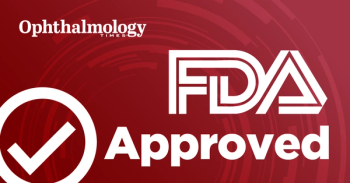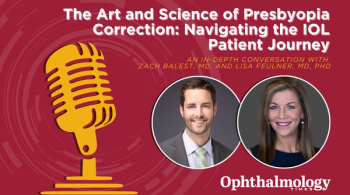
Conventional LASIK reduces night-driving performance
There was a correlation between increased loss of 5% contrast acuity and change in identification ability.
Dr. Schallhorn, director, cornea and refractive surgery, San Diego Naval Medical Center, reported the results from a study in which 75 patients with between –5.0 and –6.0 D of myopia were randomly assigned to undergo bilateral LASIK with one of four lasers: STAR S3 (VISX), Technolas 217 (Bausch & Lomb), EC-5000 (Nidek), or LADARVision 4000 (Alcon Laboratories)-and were tested with a night-driving simulator (Vision Research Sciences Corp.) preoperatively and at 6 months after surgery.
The testing conditions were designed to simulate driving on a rural road at 55 mph. Testing was performed on each eye separately with best spectacle correction.
There were no significant differences in the change in performance from pre-to postoperative based on type of road hazard, whether the testing was performed with or without glare, or which eye was tested (right versus left or dominant versus non-dominant). The results were pooled for analyses from the 72 detection threshold measurements and for the 72 identification threshold tests. On average, all four laser groups showed a decrement in their night-driving performance with respect to both hazard detection and identification.
"We teamed up with personnel from the National Highway Traffic Safety Administration (NHTSA) to determine the clinical relevance of the changes in night-driving performance observed in this study. A 48-ft decrease in detection or identification distance is significant when traveling 55 mph. Based on that metric, the decrement in night-driving performance occurring after LASIK would be clinically relevant in between about 20% and 50% of the patients across our four treatment groups," Dr. Schallhorn said.
Newsletter
Don’t miss out—get Ophthalmology Times updates on the latest clinical advancements and expert interviews, straight to your inbox.


















































.png)


